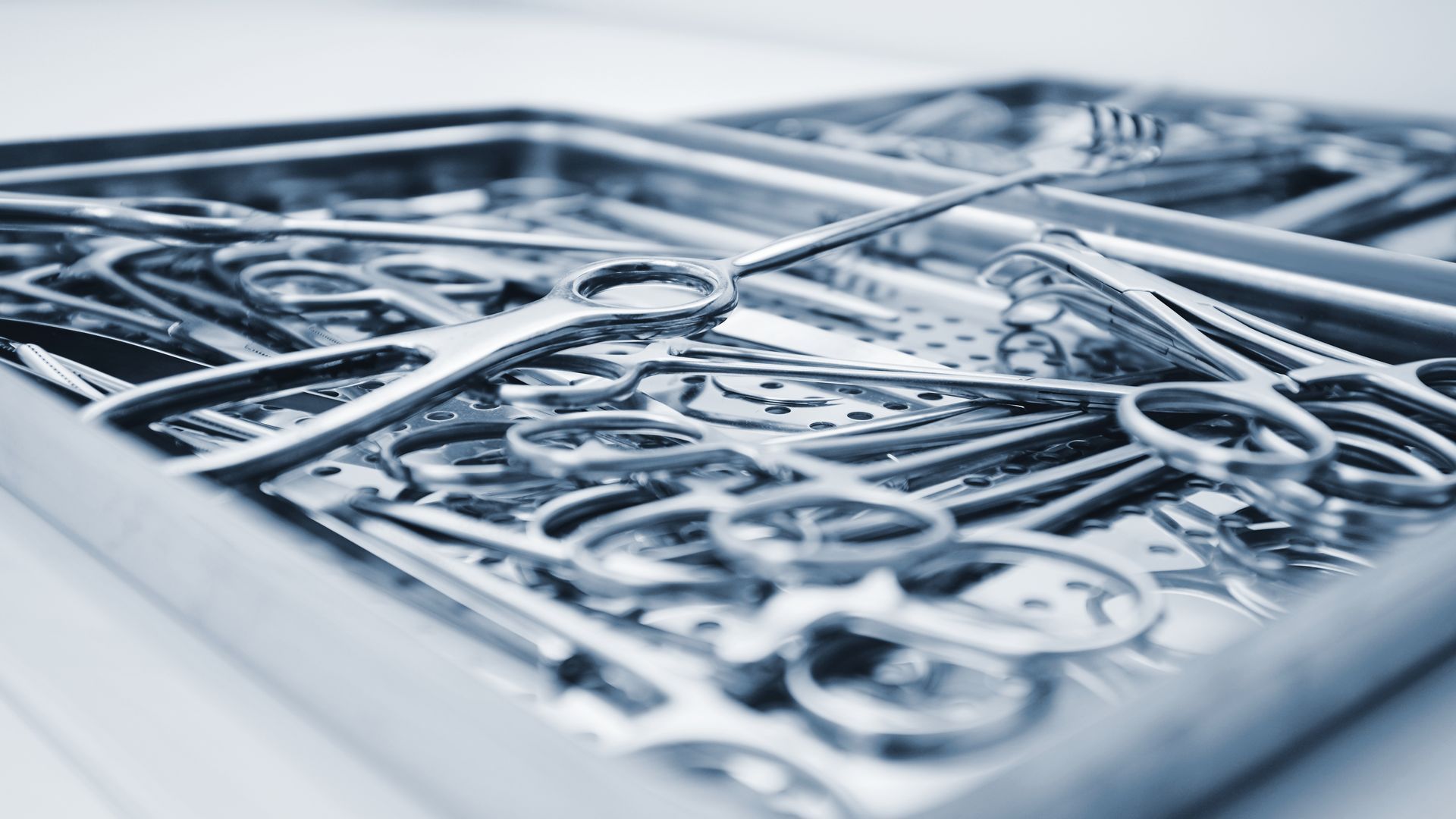Education, Certification Boost Performance of Sterile Processing Professionals
ICT spoke with Karen Swanson LPN, CSPM, CFER, manager of the central sterile department at Connecticut Children's Medical Center and chairman of the board of directors of the Certification Board for Sterile Processing (CBSPD), regarding the challenges that face sterile processing professionals and the importance of building key skill sets.

By Kelly M. Pyrek
ICT spoke with Karen Swanson, LPN, CSPM, CFER, manager of the central sterile department at Connecticut Children's Medical Center and chairman of the board of directors of the Certification Board for Sterile Processing (CBSPD), regarding the challenges that face sterile processing professionals and the importance of building key skill sets.
Q: What do you believe are the current levels of standards of ethical and professional practice among sterile processing professionals and why?
A: The responsibilities and requirements for sterile processing personnel have changed drastically in my 37 years in the profession. In the past, the sterile processing department has not been recognized as needing skilled and educated people. This is changing as we see the expectations of sterile processing professionals grow. They are expected to know more than instrument processing. Operating room personnel expect sterile processing technicians to know medical terminology, anatomy, surgical procedures and be able to correlate instrumentation and supplies to the surgical procedures. Sterile processing personnel must be able to think critically, read and interpret instructions for use, and understand current national standards. There is more loaner equipment being used. There are multiple chemicals for cleaning and disinfection. The complexity of instruments makes cleaning difficult. There are multiple methods and cycles for sterilization.
Sterile processing personnel are taking on more responsibilities, and unfortunately the training and guidance isn’t always there.
Q: What could be done to improve their skill sets?
A: Initial and ongoing education is critical. Not only for processing, but also for the roles and responsibilities of the personnel. There needs to be a robust orientation program for new personnel and ongoing competency assessments for all personnel. Sterile processing leaders must be required to remain up to date with current standards. We need to be sure that lead technicians, supervisors and even managers are competent themselves before they are allowed to perform competency assessments of subordinates.
Q: Why is certification so critical to patient outcomes?
With the responsibilities and processes in sterile processing becoming more complex, there are higher demands on the people who do this job. Certification provides minimal competency in the knowledge areas in order to standardize sterile processing practices. Certification and the required ongoing education makes personnel aware of the current standards, requirements and best practices. When we follow standardized procedures, we are contributing to the prevention of disease transmission and surgical site infections.
Q: How is the CBSPD helping elevate the profession and getting professionals certified?
The CBSPD’s mission is to promote and encourage high standards of ethical and professional practice through a recognized, credible credentialing program that encourages the competency of personnel performing sterile processing and distribution activities. CBSPD certification is recognized internationally.
Understanding there are multiple areas of responsibility related to sterile processing, the CBSPD offers five different certifications – Technician, Ambulatory Surgery Technician, Flexible Endoscope Reprocessing Technician, Sterile Processing Management, and Surgical Instrument Specialist. The Technician, Management and Flexible Endoscope certifications are accredited by the National Commission for Certifying Agencies (NCCA). The NCCA Standards were developed to help ensure the health, welfare, and safety of the public, and, as such, the NCCA holds the CBSPD to the highest standards.
To assure exam content is based on the most current standards, a comprehensive job analysis is performed every five years for each exam. Participants in the job analysis include those working in the profession, subject matter experts, and industry experts.
Several CBSPD board members are members of AAMI sterilization standards committees. We partner with Sterile Processing University (SPU) to develop reference materials that are always up to date with the most current AAMI standards. SPU also offers online and live training programs and offers opportunities for continuing education.
Q: What can more hospitals do to better support sterile processing professionals in their quest to improve their practice?
A: There is often high turnover of staff in sterile processing. The wages are low and people leave for higher paying jobs. Salaries need to be evaluated and adjusted to suit the level of knowledge and skills that sterile processing personnel must possess. Staffing levels should be looked at frequently and must be based on the department responsibilities and the volume of work being done. When staffing is short, orientation of new staff and ongoing education for all staff often suffers. There needs to be greater recognition of the importance of what the sterile processing department does. More funds need to be allocated for updating equipment and technology and for ongoing employee education.
Most importantly, all sterile processing personnel, including management should be required by their hospital to be certified. Only four states currently require sterile processing personnel to be certified. Just because it may not be the law in their state, hospitals should make certification a requirement.
For more information, go to www.sterileprocessing.org
The Sterile Processing Conference Survival Guide: How to Make the Most of Your Next Event
March 25th 2025From expert speakers to cutting-edge tools, sterile processing conferences, like the 2025 HSPA Annual Conference and the SoCal SPA's Spring Conference, offer unmatched opportunities to grow your skills, expand your network, and strengthen your department's infection prevention game.
Redefining Material Compatibility in Sterilization: Insights From AAMI TIR17:2024
March 24th 2025AAMI TIR17:2024 provides updated, evidence-based guidance on material compatibility with sterilization modalities. It offers essential insights for medical device design and ensures safety without compromising functionality.
The Latest on CLABSIs and CAUTIs: Evidence-Based Approaches for Infection Prevention
February 27th 2025Health care–associated infections like CLABSIs and CAUTIs threaten patient safety. Learn evidence-based strategies, new technologies, and prevention protocols to reduce these infections and improve outcomes.